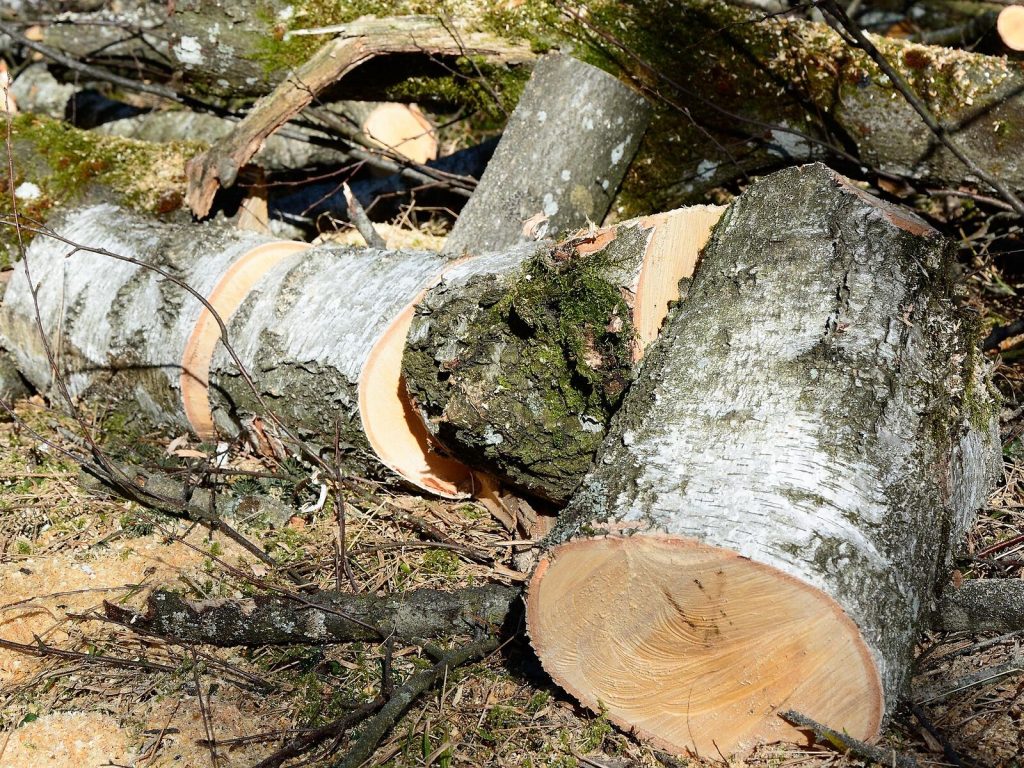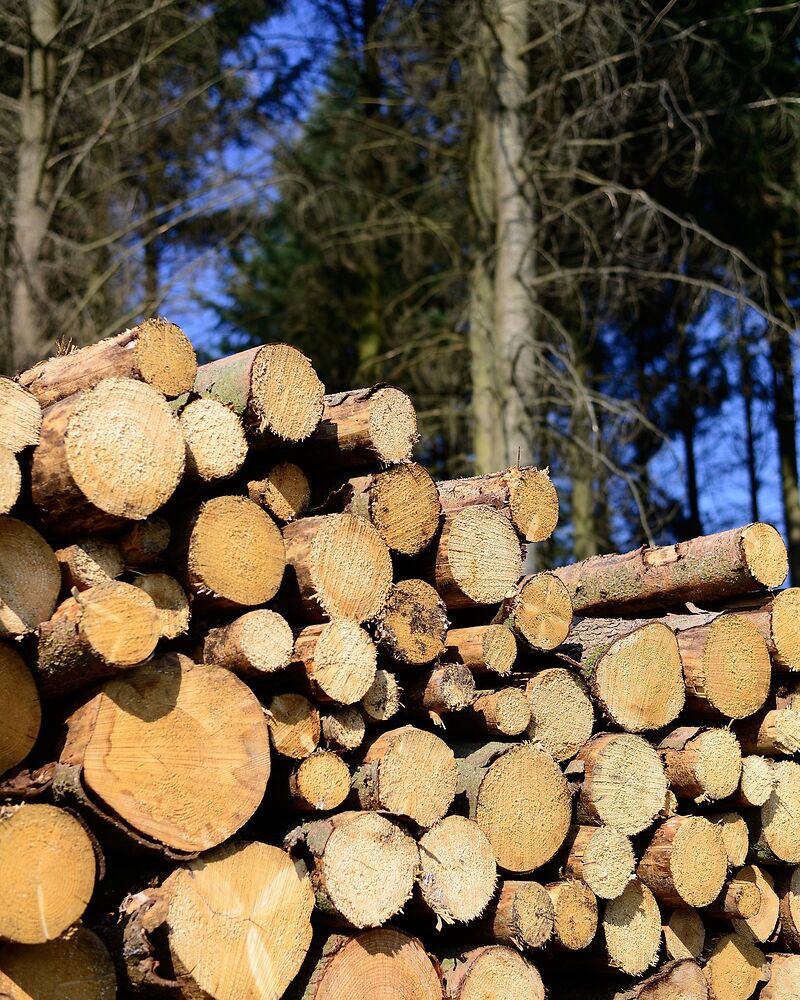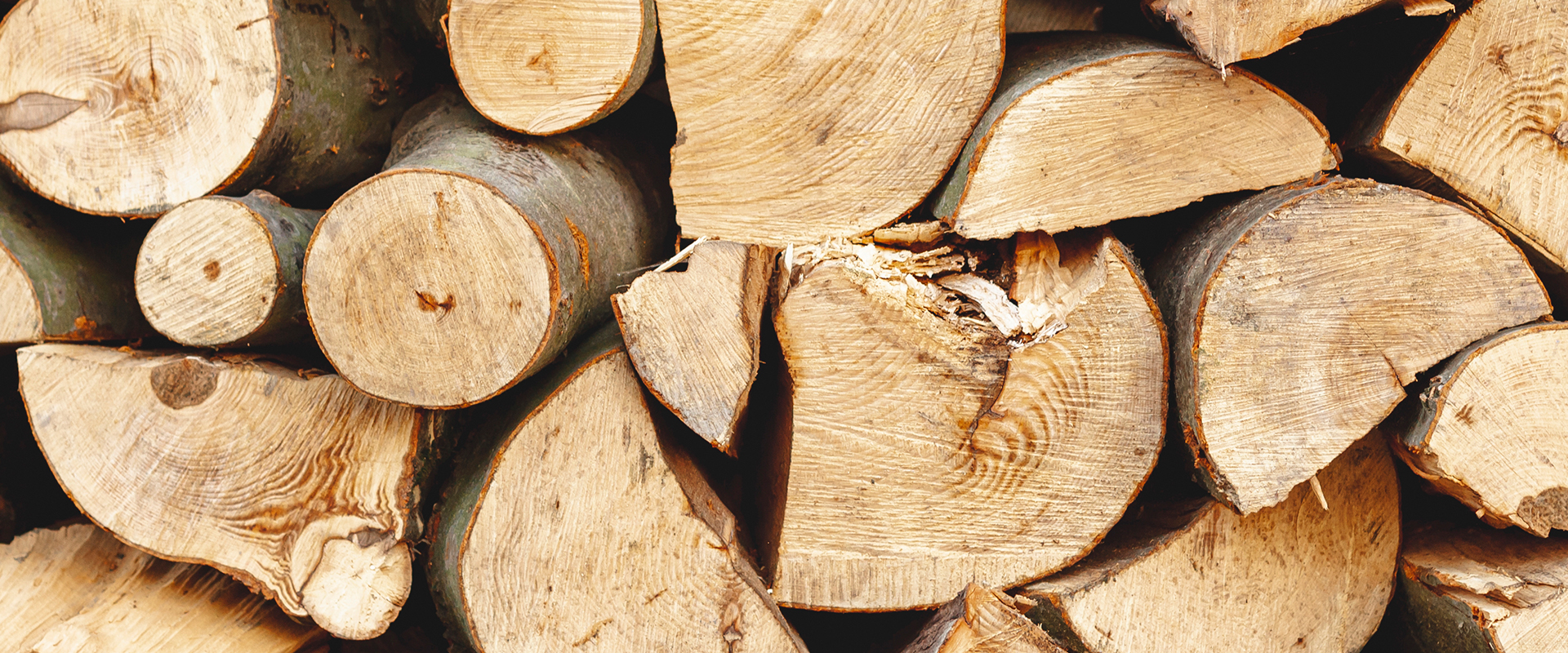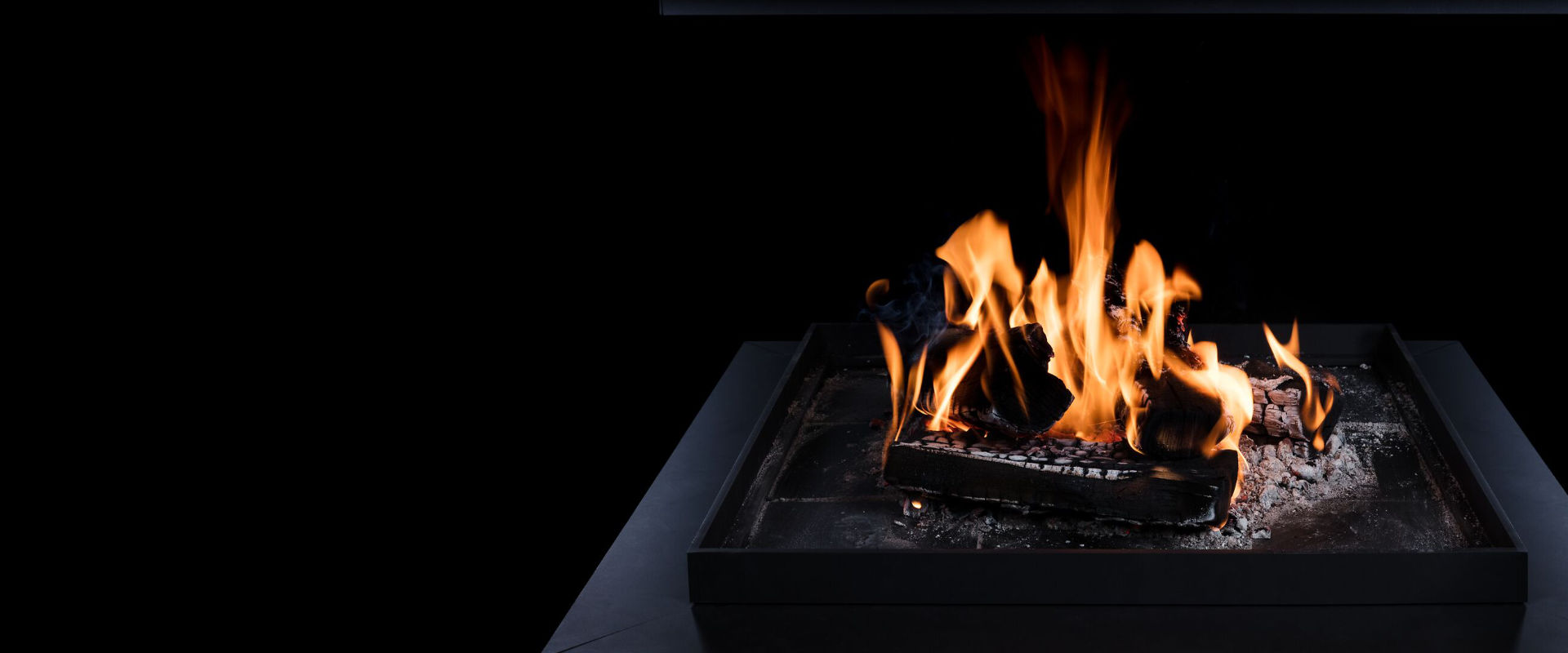Differences between types of wood
Wood can generally be divided into hardwood and softwood. These two categories differ mainly in their density. Softwoods have a lower density and are therefore classified as light or soft woods, while hardwoods have a higher density.
The choice between hardwood and softwood plays an important role when heating fireplaces and stoves. Due to their different densities, they have varying heating values and burning durations. They also differ in how easy they are to process and ignite.
Hardwoods
The most popular hardwoods include birch, oak, beech, and ash. They all share a relatively high heating value, which means they provide long-lasting heat. However, they are harder to ignite, so it is recommended to use softer wood for lighting the fire.
All of these hardwoods are suitable for open fireplaces since they contain little resin and therefore produce very few sparks. Oak wood, however, is less suitable for this purpose. For such cases, BRUNNER offers spark guards as standard equipment for open fireplaces.

Softwoods
Popular softwoods used as firewood include spruce and pine. Both are coniferous woods and, due to their lower density, have a lower heating value. They burn faster but are easier to ignite.
Spruce and pine have a high resin content, which causes strong spark formation. These woods are therefore better suited for closed fireplaces. One advantage of the resin, however, is the pleasant crackling sound it creates, adding to the cozy atmosphere.
Choosing the right type of wood
Of course, there are many other types of wood that are also suitable for heating. The ones mentioned above are simply the most common. When choosing one or more types of firewood, it’s important to consider what role the fireplace should play and what kind of fire experience you want.

In the end, the choice of wood also depends on regional availability — which type is easiest and most affordable to obtain. Equally important are the size of the logs and the moisture content of the wood. You should always use dry wood (moisture content below 20%, ideally around 15%), as it provides a higher heating value and produces fewer emissions.
The wetter the wood, the more often you’ll need to reload, and the more emissions will be produced. Burning damp wood is also more expensive because you need significantly more of it to achieve the same heating output as with dry wood.
Conclusion
The most common types of firewood are, on one hand, the softwoods spruce and pine, which have a lower heating value but are easier to ignite. On the other hand, there are the hardwoods birch, oak, beech, and ash, which offer a relatively high heating value.
Expert advice
The right type of wood must be selected depending on the appliance. For open fireplaces, for example, it is important to choose wood that produces minimal sparks. The moisture content of the wood is also crucial. Wood that is too damp has a lower heating value and can have a negative impact on your stove or fireplace system.





